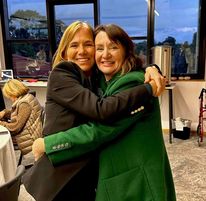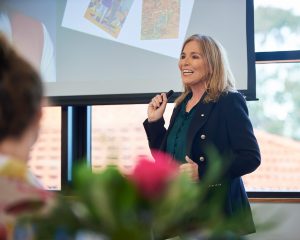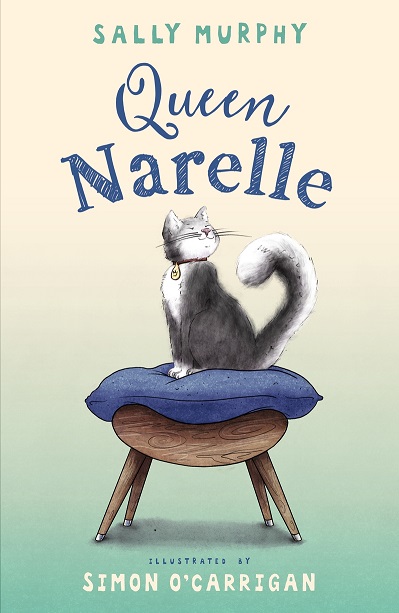I have been enjoying reading a poetry collection Please Mrs Butler, by Allan Ahlberg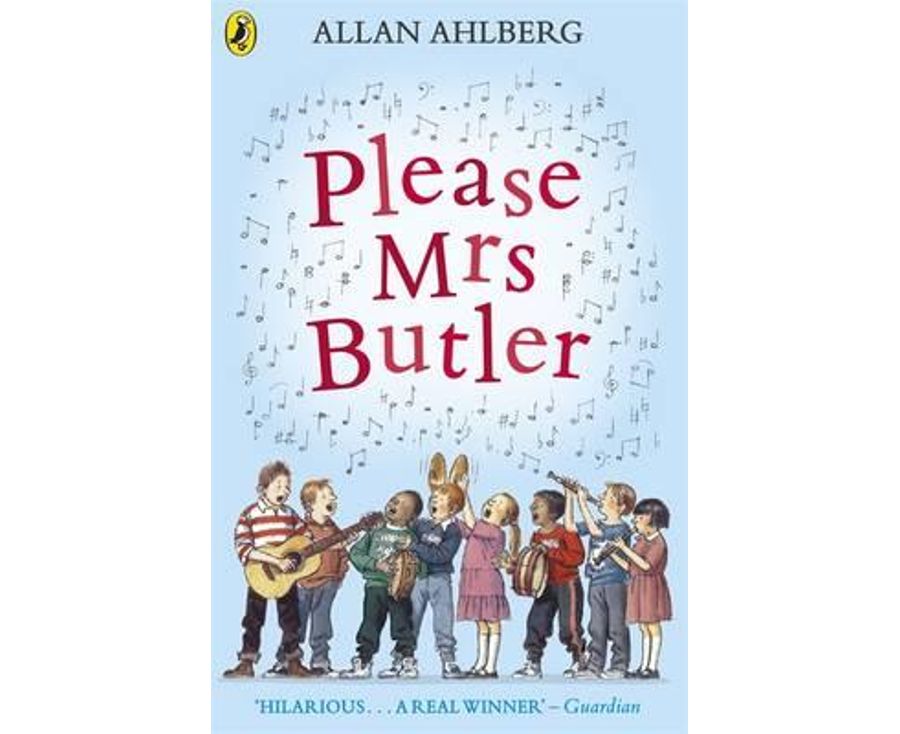 (Penguin, 1983) which is a varied collection of poems about school life. One poem, in particular, stood out to me, as being ideal for reading, and discussing, alongside Queen Narelle.
(Penguin, 1983) which is a varied collection of poems about school life. One poem, in particular, stood out to me, as being ideal for reading, and discussing, alongside Queen Narelle.
So, If you are reading Queen Narelle in your classroom, or your home, you might enjoy Small Quarrel, which is available online at the CLP website here, with a video reading by the poet, which I have also embedded below.
You might discuss the similarities and differences between the poem and the events of Queen Narelle. I’d love to hear your thoughts!
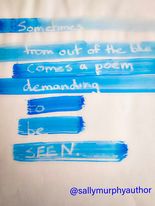
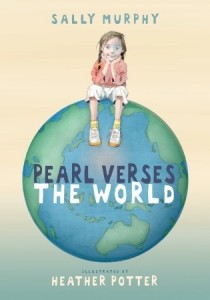 When I was busy promoting the book, a boy called Cassidy emailed some questions for me to answer from Pearl’s perspective. These were really perceptive questions – Cassidy was a very cluey nine year old. You can read the interview
When I was busy promoting the book, a boy called Cassidy emailed some questions for me to answer from Pearl’s perspective. These were really perceptive questions – Cassidy was a very cluey nine year old. You can read the interview 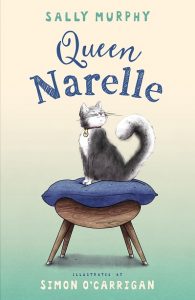 second narrator – Maddie, Narelle’s favourite human. Doing this made the story richer, more complete, but I have always loved writing in Narelle’s voice. It was lots of fun, even though there are tricky things happening in
second narrator – Maddie, Narelle’s favourite human. Doing this made the story richer, more complete, but I have always loved writing in Narelle’s voice. It was lots of fun, even though there are tricky things happening in 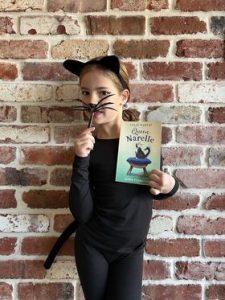
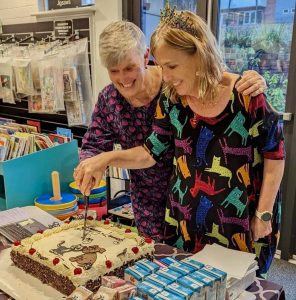 What were the chances that we would be in the same town on the same day that we BOTH had a new book released? And that one book (mine, of course) was about cats, and the other (
What were the chances that we would be in the same town on the same day that we BOTH had a new book released? And that one book (mine, of course) was about cats, and the other ( 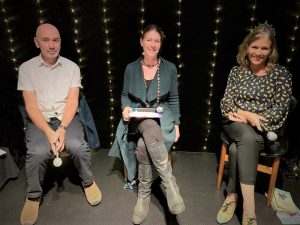 Then off to Fremantle to the
Then off to Fremantle to the